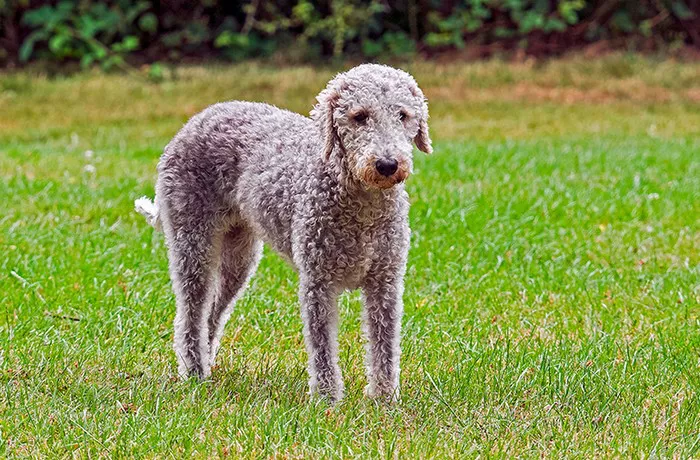While humans are not the only ones who experience stress, anxiety, and fear, our pets can also be affected by these emotions. The COVID-19 pandemic resulted in a significant increase in pet adoptions, leading to many puppies now facing separation anxiety as their owners return to the workplace.
According to a study published in Scientific Reports, which evaluated nearly 14,000 dogs—the largest study ever conducted on dog temperaments—approximately 72.5% of dogs displayed at least one anxiety-related behavior, with variations depending on the breed.
Kenneth Martin, a pet behavior expert, notes, “Separation anxiety is probably one of the most common behavioral problems in dogs. Although anxiety and fear are distinct concepts, their behavioral expressions often overlap, making it challenging for pet owners to differentiate between them.”
Understanding the Difference Between Anxiety and Fear
Dr. Martin elaborates on the distinction: Fear is described as an emotional state characterized by physiological, psychological, and behavioral reactions to real or perceived threats. It can be adaptive, motivating dogs to steer clear of potentially dangerous situations. However, when fear escalates beyond the circumstances or the level of actual threat, it can become problematic.
Conversely, anxiety is characterized by a more pervasive and generalized sense of fear or nervousness regarding impending events or uncertain outcomes. Unlike fear, which is a response to immediate threats, anxiety anticipates the possibility of future threats, often rooted in prior learning experiences.
Key Signs Your Dog May Be Experiencing Fear or Anxiety
Here are some common indicators that your dog might be suffering from fear or anxiety:
Body Language:
Cowering: The dog sits low to the ground, turning away from the source of stress.
Recumbent Position: The dog may lie down with a bent back, appearing small or curled up in a C-shape.
Frozen Posture: The dog remains still or bent over, displaying tension.
Facial Expressions:
Lip Licking: Repeated licking of the lips may indicate discomfort.
Yawning or Jaw Clenching: These behaviors can signal stress.
Pursed Lips: A tight-lipped expression can suggest unease.
Dilated Pupils: Enlarged pupils or “whale eyes” (where the whites of the eyes are visible) are signs of anxiety.
Avoiding Eye Contact: The dog may avert its gaze or pretend to sleep.
Ear Position:
Flattened Ears: Ears held close to the head can indicate fear or submission.
Tail Position:
Tucked Tail: A tail held low or between the legs is a classic sign of fear.
By recognizing these signs, dog owners can better understand their pets’ emotional states and take appropriate steps to alleviate their anxiety or fear, ensuring a healthier and more comfortable environment for their beloved companions.
Related topics:
Jack Russell-Cross Rose Rescued After Seven Days Trapped in Cave
The Hidden Guilt of Pet Owners: Understanding the Emotional Toll


